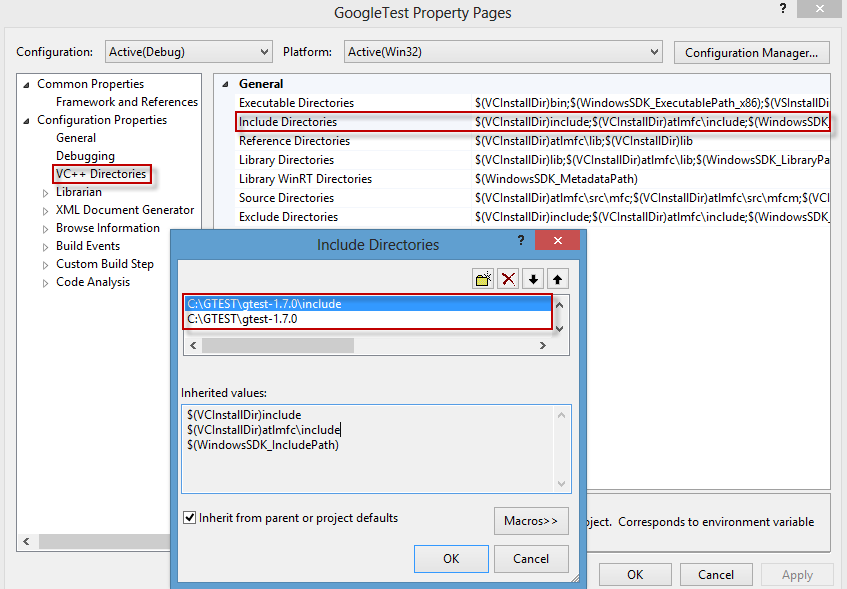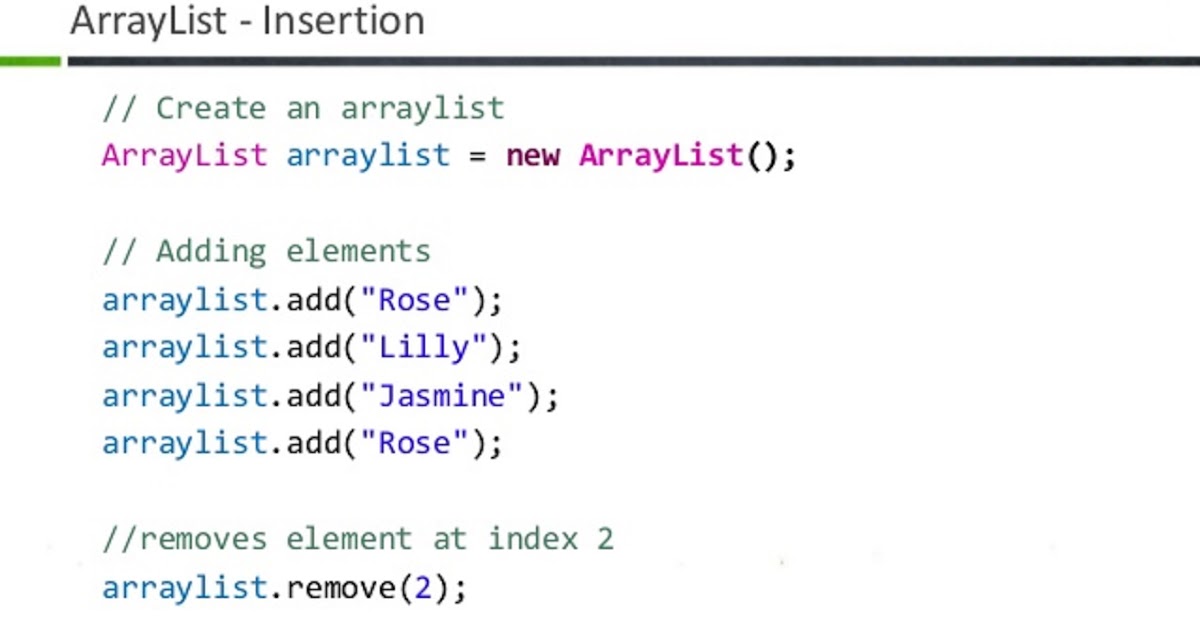

All 500 bullets are immediately created on ClientB's screen (instead of just the desired 3). Of those, only 3 are currently still flying (the rest have been destroyed with Network.Destroy().ĬlientB connects. so, now when another script want’s to instantiate a new game object, it will call the manager, the manger in turn then gets the pool related to the object they want to instantiate, by comparing the pool’s objecttype. 500 bullets are created with Network.Instantiate. The ServerA player and ClientA player start shooting at each other. My desired functionality is for Network.Destroy() to remove the buffered RPCs that were created with the corresponding Network.Instantiate() My game will certainly have more than 32 objects created over the course of a round. However, this will not work because of the (undocumented?) limit of 32 RPC groups. The only solution I can think of is to create a unique RPC Group for every object that is Network.Instantiated and then calling Network.RemoveRPCsInGroup() for that unique RPC Group in that object's OnDisable().

Is this is a bug or intended functionality? free IP booters and a tutorial to kick users offline on your PS4 / Xbox.

NETWORKVIEW INSTANTIATE TUTORIAL EXAMPLE PASSWORD
If the server creates the object with Network.Instantiate() and then destroys that object with Network.Destroy() and then the client connects, that object will still be created on the client! This is very bad!įrom my understanding, what is causing this problem is that the buffered RPCs created with Network.Instantiate() are not removed with Network.Destroy(). Choose a redirect URL and a password and the script will create you a link. If the server calls Network.Instantiate() and then a client connects later on, that object will be created on the client as expected. So, I am using Network.Instantiate() and Network.Destroy() to create/destroy objects with my multiplayer game.


 0 kommentar(er)
0 kommentar(er)
